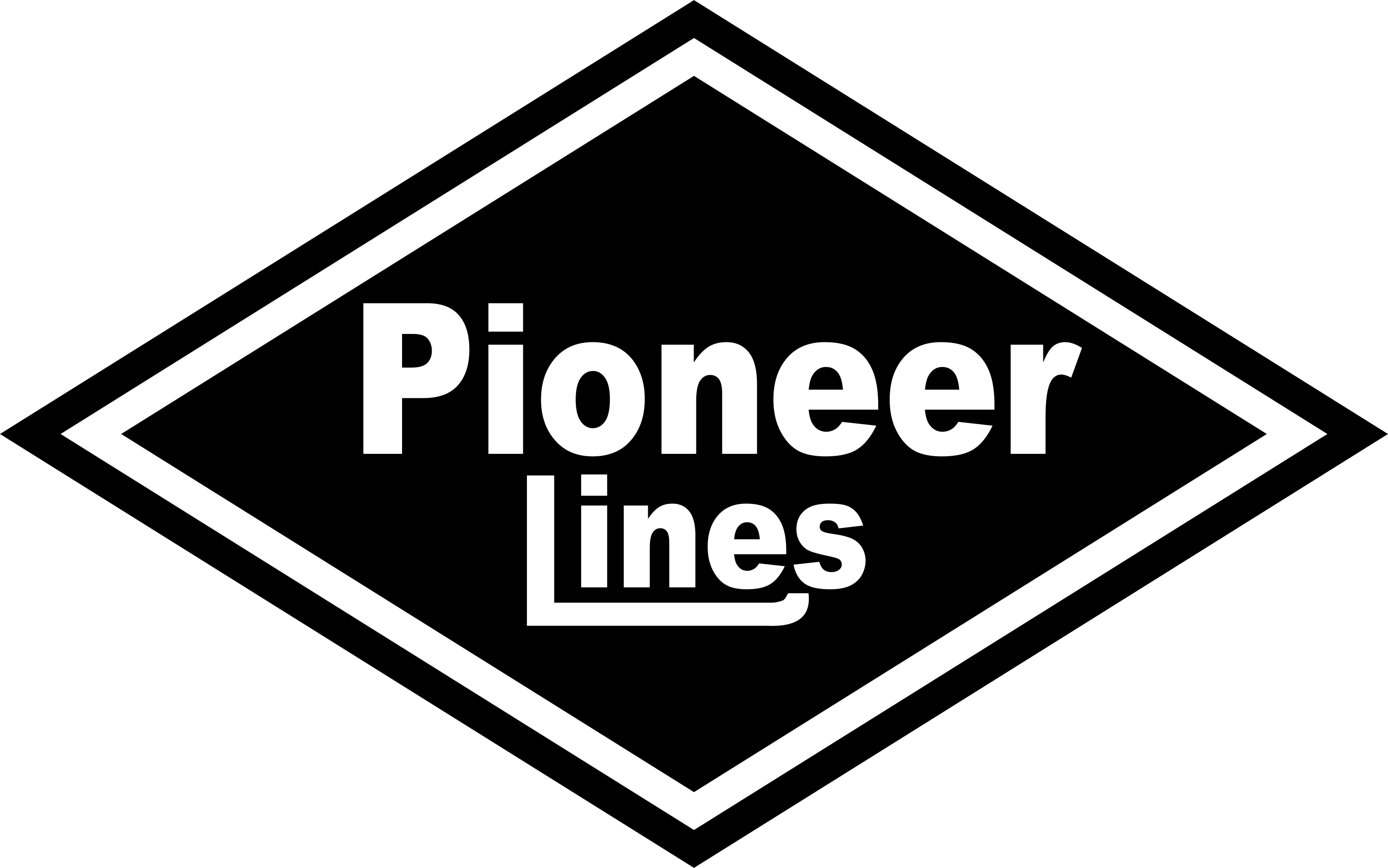Railroads make money by moving carloads… not by letting them sit. They proportionately staff to how many carloads they expect to move. Shippers who provide or commit to a certain number of carloads moved per month/quarter/year give Railroads confidence to staff up and take their own equipment (locomotives) out of storage when the carload demand exists.
When velocity and cycle times are down it usually is a result of carloads being down. A nuance to rail that seems inverse to logic occurs when shippers add more railcars into the supply chain in an effort to improve the reliability of service without increasing the output of carloads. This almost always has an adverse effect on velocity and cycle time. The reason for this is that railroads now have more inventory to move without their main source of revenue (to justify resources) to balance the cost of operation. The end result – railcars move slower.
This is exactly the intersection of where storage should come in. Having the right number of railcars in cycle is a crucial component of a healthy rail system. The correct method is to calculate the supply (railcars) to meet demand (product/tonnage) rather than instinctively securing the highest number of cars currently available. Having the right fleet size is just as important to the overall cycle time and velocity of railcar movements as it is to the railroad providing the crews and locomotive power to move the cars. When a commodity is seasonal or a new lane has been added to rail service, the extra railcars are warranted in order to keep supply aligned with demand. Let your railroad partners know this in advance (the more time the better) to set expectations ahead of time, resulting in a much higher performance in service as a result.


